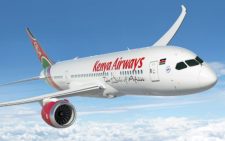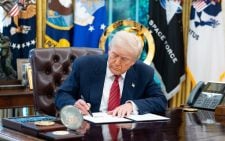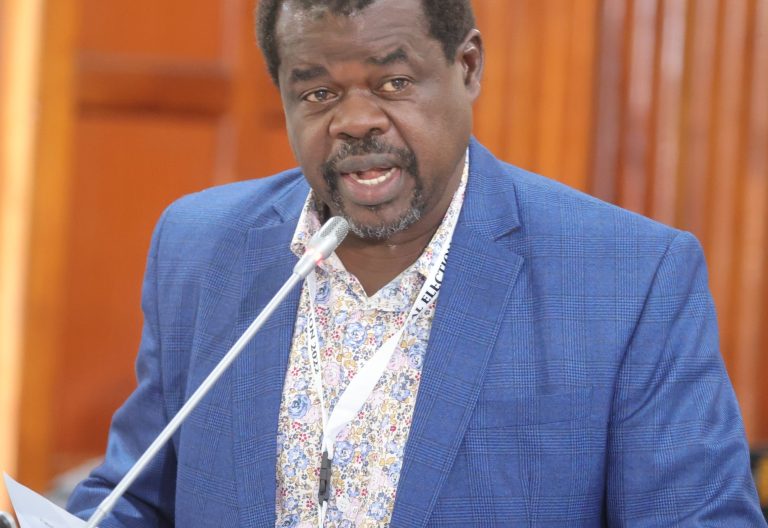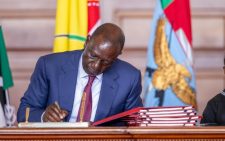High levies to blame for missed fuel price slash
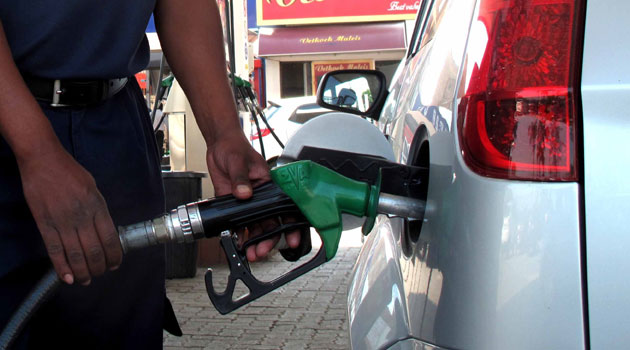
Despite a huge dip in global fuel prices, Kenyans are yet to enjoy favourable landing costs, highlighting the impact of taxes, levies and charges that continue to make the cost of fuel high.
In the latest pricing on Monday, the Energy and Petroleum Regulatory Authority (EPRA) slashed the prices of diesel and petrol by one shilling.
The two commodities are now retailing at Sh162 and Sh177.30 per litre, respectively, in Nairobi after similar reductions were effected last month. Kerosene was capped at Sh145.94 per litre.
Increase in costs
A major reason for the slower reduction in domestic diesel prices is an increase in taxes, storage charges, transportation costs, and excise duty inflation adjustments, all of which are constantly being reviewed.
“The prices are inclusive of the 8 per cent Value Added Tax (VAT), in line with the provisions of the Finance Act 2018, the Tax Laws (Amendment) Act 2020 and the revised rates for excise duty adjusted for inflation as per Legal Notice No. 194 of 2020,” EPRA said in a statement.
The authority announced that the price of diesel was cross-subsidised with super petrol, while an Sh17.68/litre subsidy for kerosene was maintained to cushion households. The petrol subsidy was completely withdrawn last month.
Kenya’s weakening shilling, which depreciated by 0.15 per cent to hit Sh123.88 per dollar during the September-October fuel importation phase, has partly contributed to high import bills, leading to costly fuel.
This, coupled with the impending implementation of Kenya Pipeline Company’s plan to raise its transport and storage tariffs by up to 18.26 per cent, will make pump prices surge higher.
The new storage tariffs are expected to increase pump prices by at least Sh0.54 per litre in Nairobi and Sh0.29 in Western Kenya following EPRA’s nod.
While there have been price reductions in the past two months, the cost of fuel still remains high compared with one year back, and is in context with the current inflationary pressures.
As it stands, the hiked fuel costs still signal more challenges to Treasury’s bid to tackle inflation back to within the targets of 2.5 and 7.5 per cent.
Diesel is the commonly used type of fuel that powers Kenya’s economy, especially in the transport, agriculture, and manufacturing sectors.
Commonly used fuel
The high cost of diesel means that these sectors may still be cagey to pass the benefit to end-users through marginal reduction in prices of consumer goods.
The country’s inflation reached 9.2 per cent in September due to the high costs of fuel, food and housing. President William Ruto was quick to scrap the fuel subsidy, citing unsustainability as part of plans to correct the economy.
The government maintains it will still put in place interventions to cushion citizens from otherwise high pump prices in what seems to be a short-term intervention amid plans to implement a fiscal consolidation policy.

